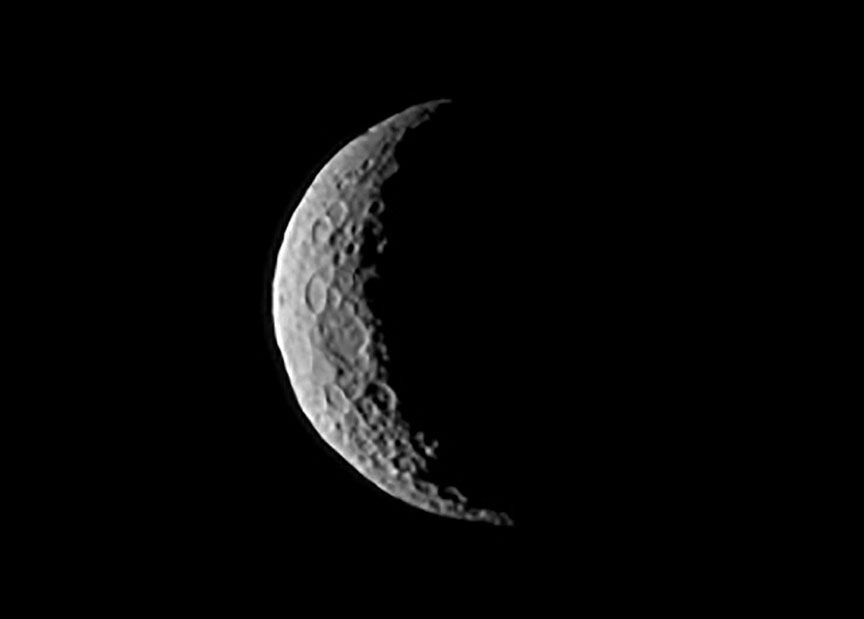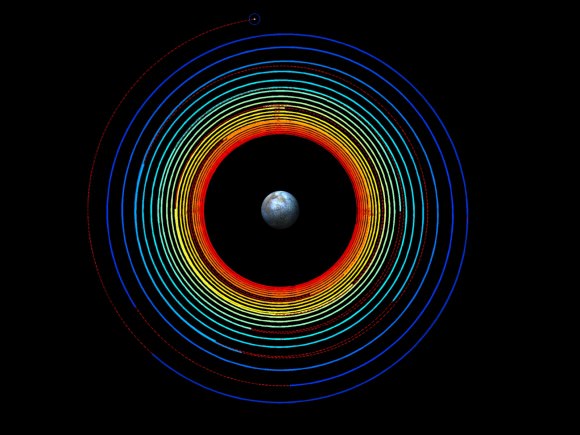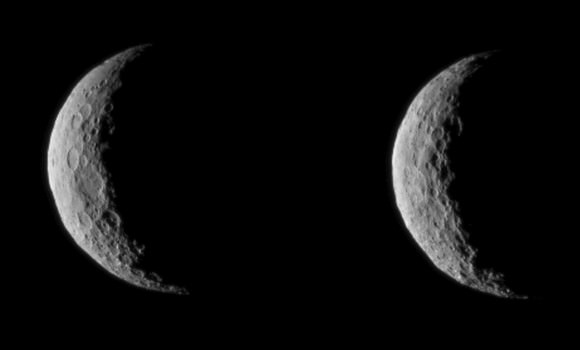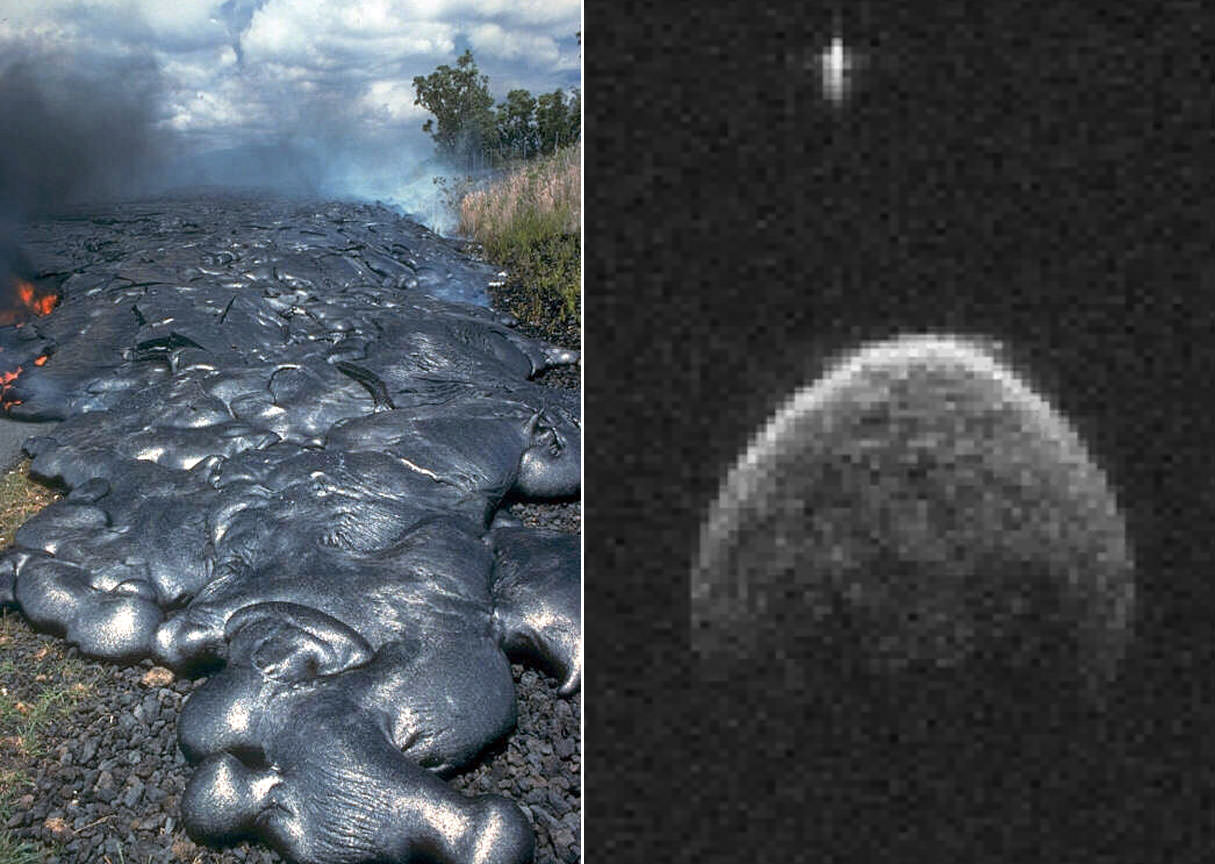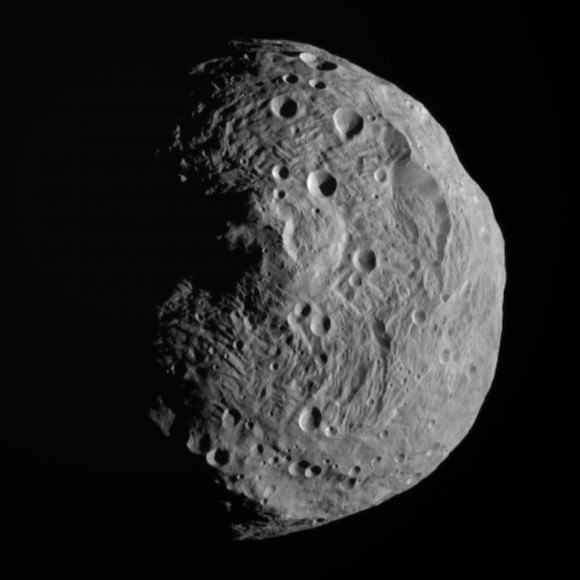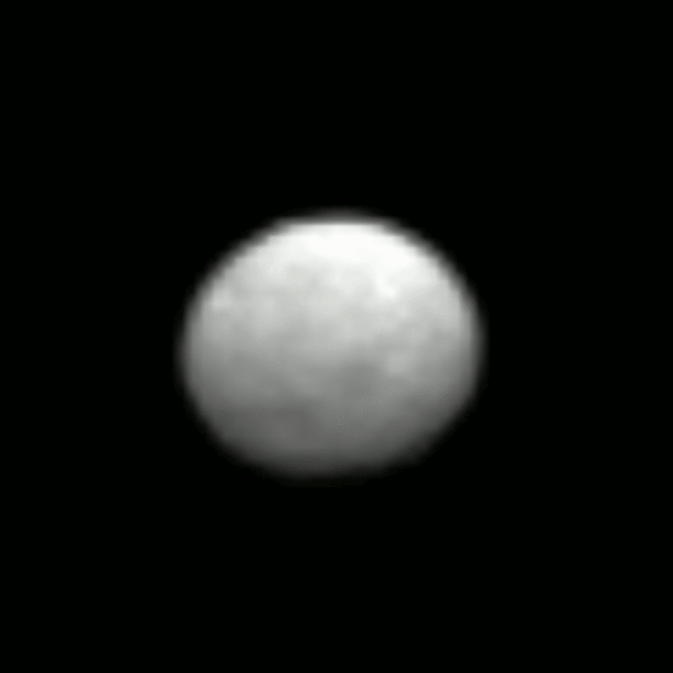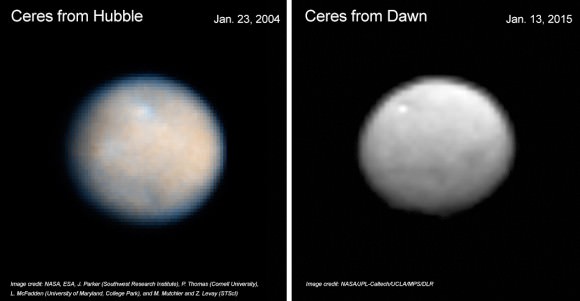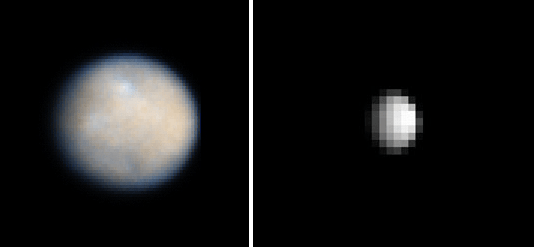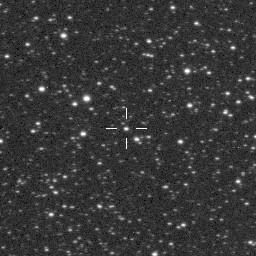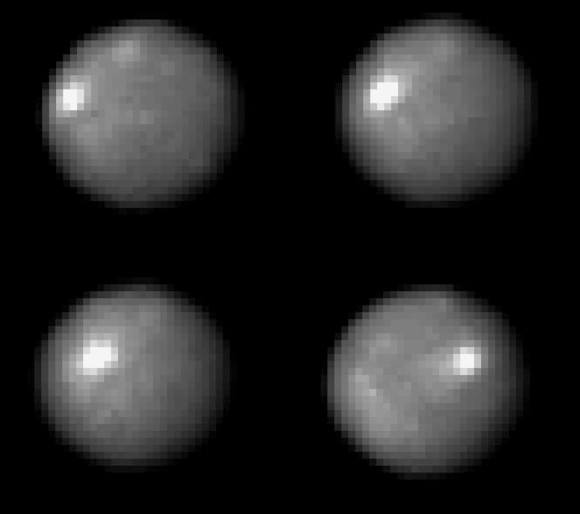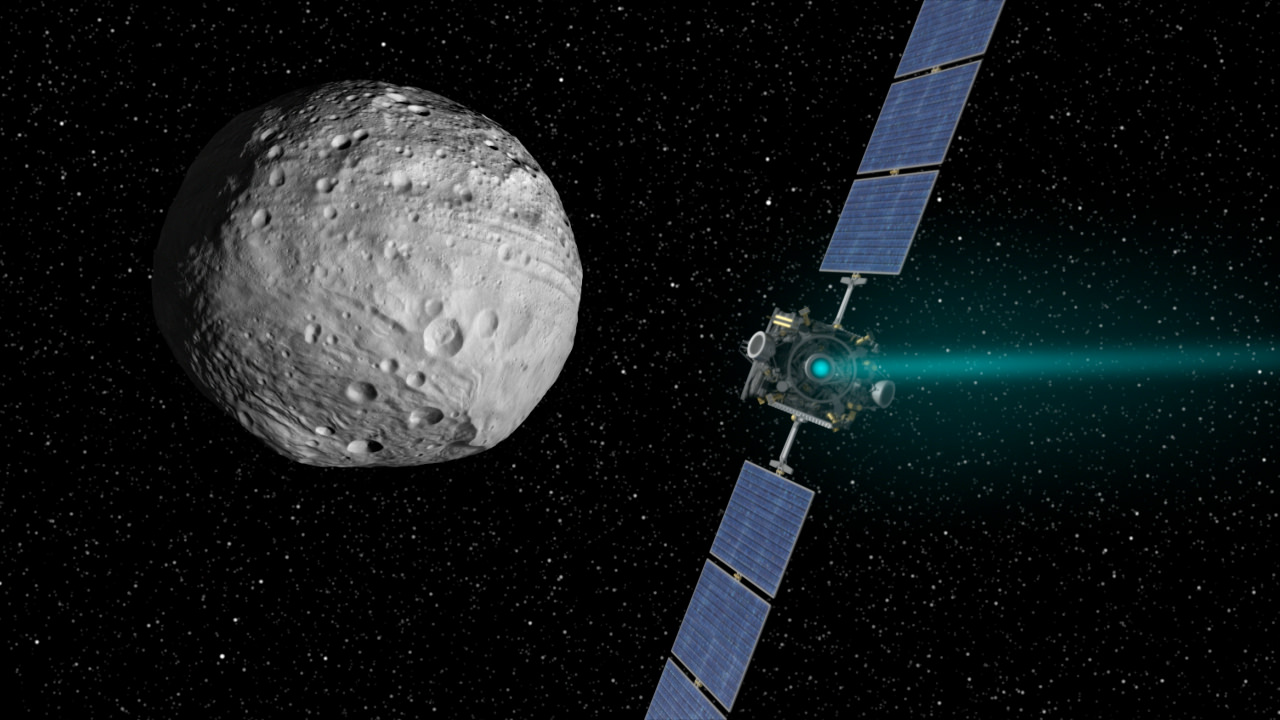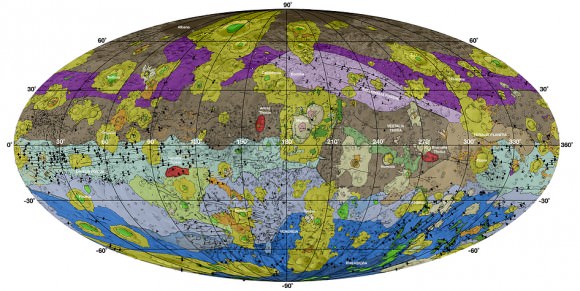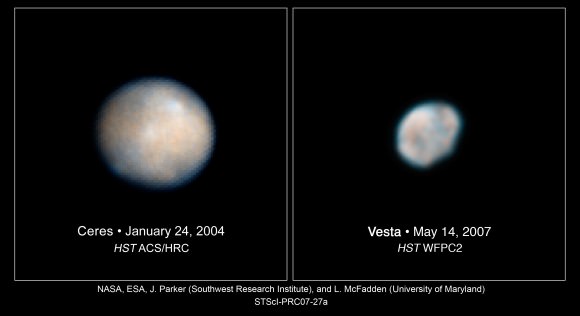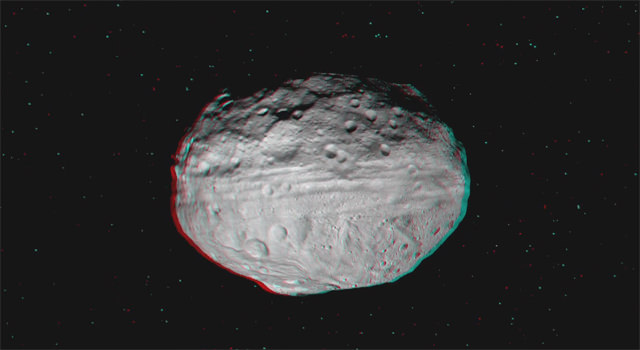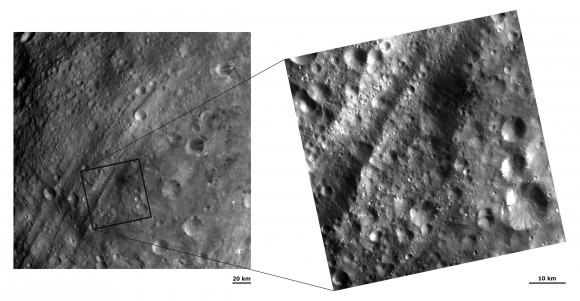We’ve seen way too many science fiction episodes that show asteroid belts as dense fields of tumbling boulders. How dense is the asteroid belt, and how to spacecraft survive getting through them?
For the purposes of revenue, lazy storytelling, and whatever it is Zak Snyder tells himself to get out of bed in the morning, when it comes to asteroids, Science fiction and video games creators have done something of disservice to your perception of reality.
Take a fond trip down sci-fi memory lane, and think about the time someone, possibly you, has had to dogfight or navigate through yet another frakkin’ asteroid belt. Huge space rocks tumbling dangerously in space! Action! Adventure! Only the skilled pilot, with her trusty astromecha-doplis ship can maneuver through the dense cluster of space boulders, dodging this way and that, avoiding certain collision.
And then she shoots her pew pew laser breaking up larger asteroids up into smaller ones, possibly obliterating them entirely depending on the cg budget. Inevitably, there’s bobbing and weaving. Pursuit craft will clip their wings on asteroids, spinning off into nearby tango. Some will fly straight into a space boulder.
Finally you’ll thread the needle on a pair of asteroids and the last ship of the whatever they’re called clicky clacky mantis Zorak bug people will try and catch you, but he/it won’t be quite so lucky. Poetically getting squashed like… a… bug. Sackhoff for the win, pilot victorious.
Okay, you probably knew the laser part is totally fake. I mean, everybody knows you can’t hear sounds in space. Outside of Starbuck being awesome, is that at all realistic? And if so, how does NASA maneuver unmanned spacecraft through that boulder-strewn grand canyon death trap to reach the outer planets?
The asteroid belt is a vast region between the orbits of Mars and Jupiter. Our collection of space rocks starts around 300 million kilometers from the Sun and ends around 500 million kilometers. The first asteroid, the dwarf planet Ceres which measures 950 km across, was discovered in 1801, with a “That’s funny.”. Soon after astronomers turned up many more small objects orbiting in this region at the “Oooh neat!” stage.
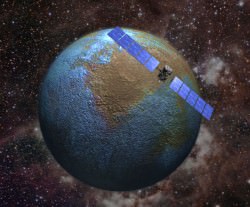
They realized it was a vast belt of material orbiting the Sun, with I suspect a “We’re all gonna die.”. To date, almost half a million asteroids have been discovered, most of which are in the main belt.
As mentioned in a another video, gathering up all the material in the asteroid belt and gluing it together makes a mass around 4% of the Moon. So, in case one of your friends gets excited and suggests it was a failed planet, you can bust out that stat and publicly shame them for being so 1996, Goodwill Hunting style. You like asteroids? How about them asteroids?
There’s a few hundred larger than 100 km across, and tens of millions of rocks a hundred meters across. Any one of these could ruin a good day, or bring a bad day to a welcome firey close for either a depressed wayfaring spacecraft or a little bluegreen speck of a planet. Which sounds dangerous all the way around.
Fortunately, our asteroid belt is a vast region of space. Let’s wind up the perspective-o-meter. If you divide the total number of objects in the field by the volume of space that asteroid belt takes up, each space rock is separated by hundreds of thousands of kilometers. Think of it as gravity’s remarkably spacious zen rock garden.
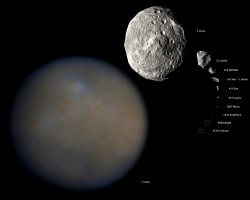
As a result, when NASA engineers plot a spacecraft’s route through the asteroid belt, they don’t expect to make a close encounter with any asteroids – in fact, they’ll change its flight path to intercept asteroids en route. Because hey look, asteroid!
Even though Ceres was discovered in 1801, it’s never been observed up close, until now. NASA’s Dawn spacecraft already visited Asteroid Vesta, and by the time you’re watching this video, it will have captured close-up images of the surface of Ceres.
Once again, science fiction creatives sold us out to drama over hard science. If you’re passing through an asteroid belt, you won’t need to dodge and weave to avoid the space rocks. In fact, you probably wouldn’t even know you were passing through a belt at all. You’d have to go way the heck over there to even get a nearby look at one of the bloody things. So we’re safe, our speck is safe, and all the little spacecraft are safe…. for now.
Which dramatic version of “asteroids” are you most fond of? Tell us in the comments below.


